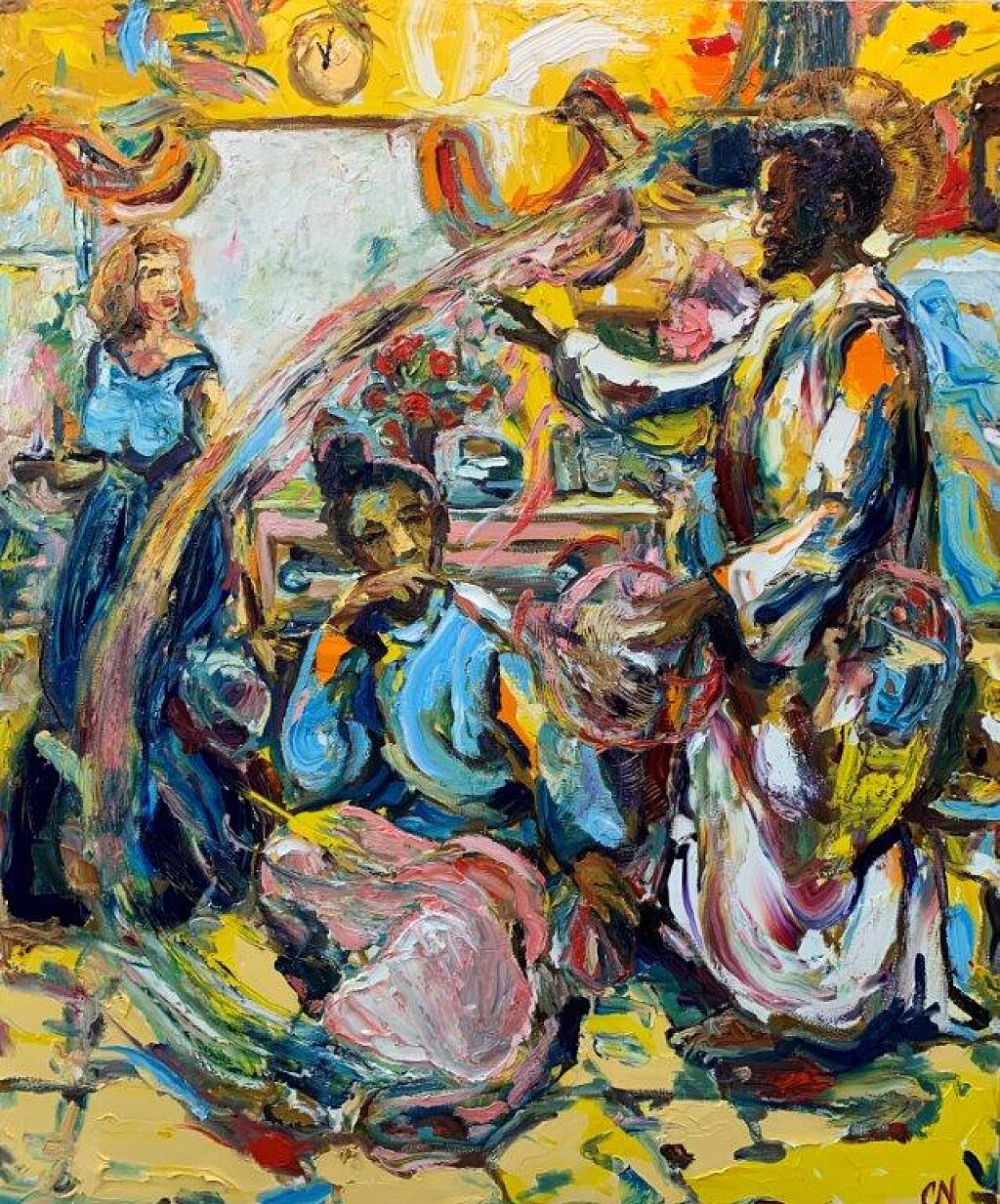
Bradford Gallery
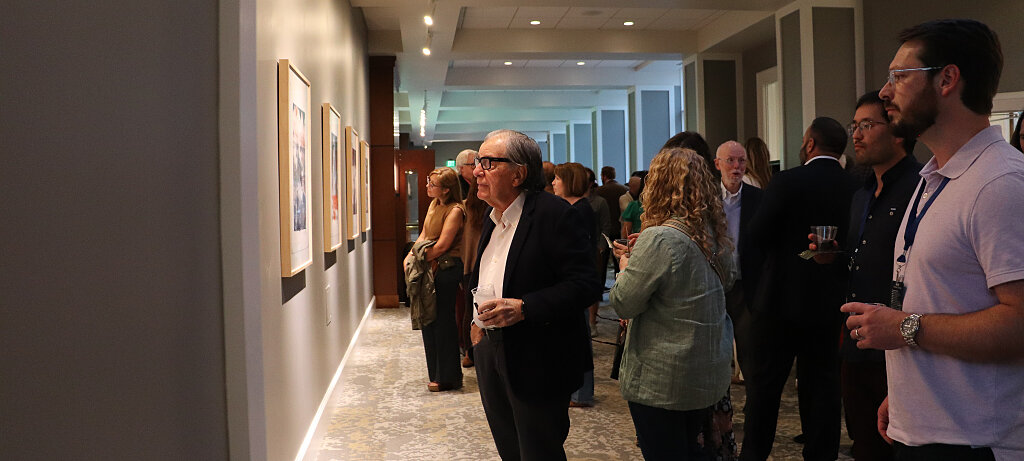
As humans we lead embodied lives with all the joys and pains that our individual time on Earth encounters. A few hours in the garden and we have cool soil on our hands and dirt under our fingernails. We sit at a table and break bread with family and friends. We step outside and feel the breeze on our faces and stare at the shifting hues in the sky. Breath deep and smell the scents of the season. Each of these experiences is an embodied miracle.
This exhibition includes the work of six artists whose work engages the importance of the embodied experience: Amanda Brazier, Jodi Hays, Rob Matthews, Charlie Newton, Raymond Padron, and Jered Sprecher. Each artist points us to moments of experience, allowing us to contemplate our experience of this world. They point us to moments of joy and pain, as well as the full range of human emotions. Each artist turns their attention to the world around them and points us toward something—a thing of this world we may be tempted to overlook but which deserves our attention, one little incarnate miracle at a time.
We invite you to spend time in the flesh thinking about the often-overlooked things—the embodied experience, the life lived, the incarnation.
Now Showing: Made Flesh
Gallery Events
Lenten Conversations
Wednesdays, March 12, March 19, and April 9
5:30 - 7:30pm in Legacy Hall
This year’s Lenten table conversations will center around “Made Flesh,” a curated visual art exhibit in the Bradford Gallery. Each week we invite you to join us for a meal and guided conversation from guest speakers including Wesley Vander Lugt, Professor of Theology at Gordon Conwell Theological Seminary, Andrew Peterson, songwriter and founder of The Rabbit Room, and Elissa Weichbrodt, Associate Professor of Art and Art History at Covenant College. RSVP for dinner each week using the link below.

My work begins in the garden, along footpaths, within the valleys and ridges of home. Earth pigments are the foundation of my work. I sift pigments from rocks and clays gathered nearby to make paint and paper. I use studio scraps and plant bers—often including iris leaves from my grandmother—for papermaking, drawing upon quilt patterns and a posture of resourcefulness as I join pieces together. The patterned marks of bird sonograms (visual expressions of bird vocalizations) also inform my visual language. I’m learning to identify certain birds and their calls while walking in my neighborhood and spending time in forests, waterways, and urban places around Chattanooga. These paintings are my record of listening. The marks and materials of my work are meditations on the rhythms of the place I call home.
I build collage surfaces from bleached and dyed cardboard. I sink recycled corrugated cardboard under a dye bath to reveal rivulets of color, making visible the box’s formal structure. My use of these materials accesses a relationship to resourceful labor which encompasses the rich visual vocabulary of sewing, piecing, and abstraction. Informed by the rural built environment, the work evokes weathered boards, humidity, beadboard, and found patterns in textiles.
The simplest explanation I give about my work is that I only make art about things more important than art. There is a lens of faith that shapes what I am drawn to and how it is created. I believe in beauty and craftsmanship. I try to make art that is deliberate, refined to a degree, and reserved. There is usually an “obsessive” element in how these works are rendered. Themes change frequently, but I often address mortality, human frailty, and the disorienting progression of time.
"My practice, titled 'Southern African American Spiritual Painting,' finds its roots in quilt-making, inspired by my grandmother, Beulah Taylor, and spirituality inherited from my parents, John, and Sarah Newton. My father's involvement in a gospel group and my mother's encounters with spirits, coupled with the influence of African Shamanism, particularly the power imagery of the Fetish, shape my artistic expression.
Through my unique American experience as a Black preacher, apostle, prophet, evangelist, pastor, and teacher, albeit non-religious, I blend these influences to create art that resonates across generations. Community engagement is integral to my practice. Since the 1970s, I have offered free art classes to low-income, underestimated, and underserved Black youth, leading to the establishment of Splash Youth Arts Workshop in 2012 with my wife. My commitment to community service, sparked by my call to ministry in 1991, extends to serving the homeless and the incarcerated.
These interactions inform my work, creating imagery that celebrates my culture and carries potential liberating and healing power. My paintings, sculptures, and installations dismantle the psychological barriers of the Diaspora, presenting heroic, healing imagery of the Black experience, vibrant with movement and positive energy. The manipulation of support, use of heavy impasto, and incorporation of multiple images and found objects evoke a sense of time, ritual, and spirituality.
As an artist I make paintings that exist in the sliver of space between abstraction and representation. I look to the lived daily experience of the present coupled with the artifacts of the past. My work compresses time into the surface of painting, that old technology. Increasingly flora, fauna, and natural phenomena hold my attention, as I wrestle with this imagery that we daily experience through our technology. Birds, plants, flowers, stones, and fires dissolve into the light of the screen, the digital lens, and the glowing tablet. There is something elegant and tragic about the evanescent light of the screen pressing the image of a delicate flower into one’s memory. Light, flower, and technology are here and also fade away.
I describe my studio practice as an epistemology through craft. Using both traditional and contemporary crafting techniques as a platform for the improvisational act. It is the relationship I see between improvisation and tradition that interests me, in how both work together to help us form our identity and shape how we view and experience the world. Similarly, the representational forms I work with allow for a sense of familiarity, while the material and formal changes I make in the work points toward uncertainty.
My most recent work comes through reflecting on the many roles I inhabit and how they both shape my identity and relate to my surroundings. Each work references specific relationships, places and cultural icons that have deeply impacted my interpretation of these roles; exploring the tension between the ideal, the expected and the lived experience.
About the Artists
Amanda Brazier
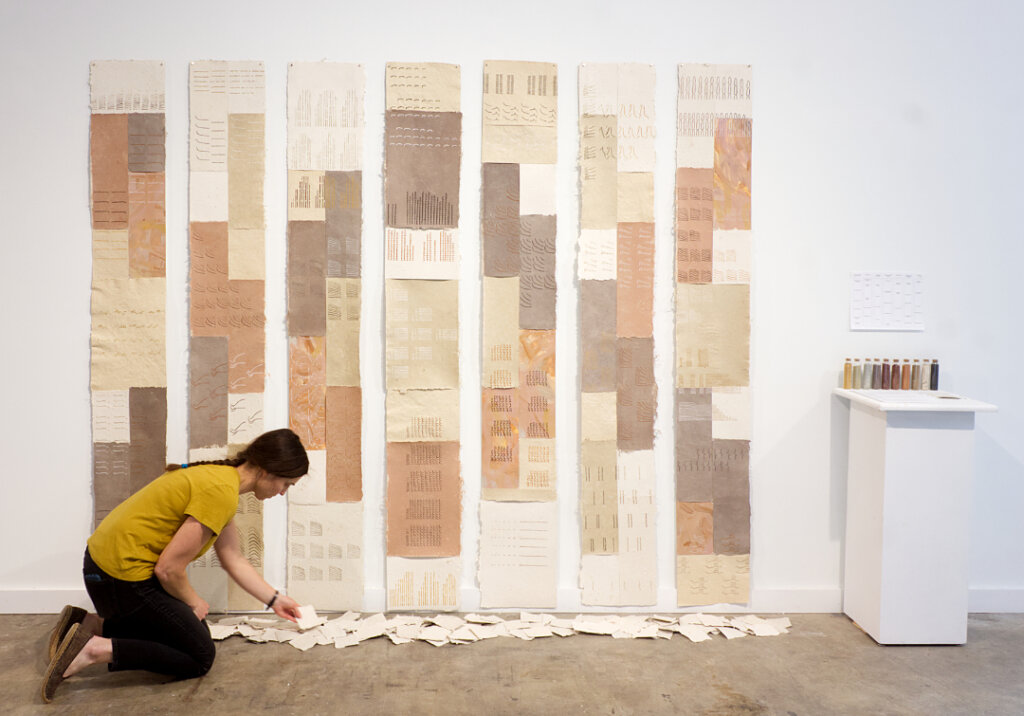

Jodi Hays
Rob Matthews
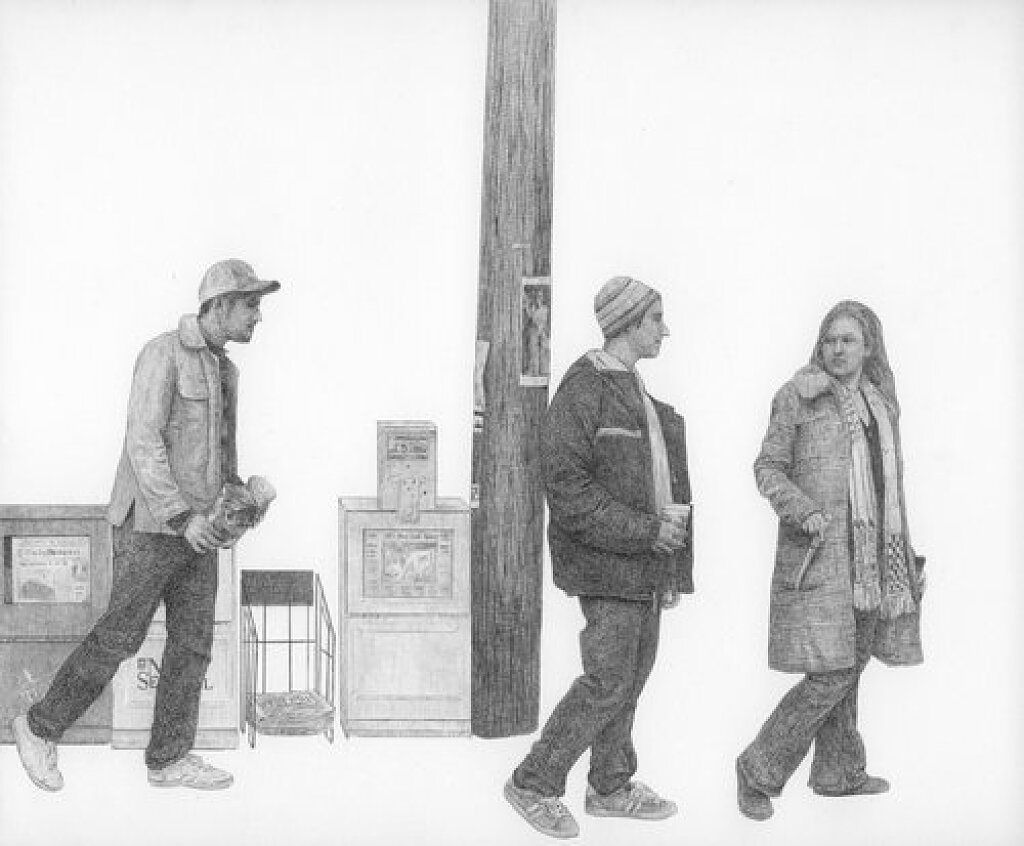
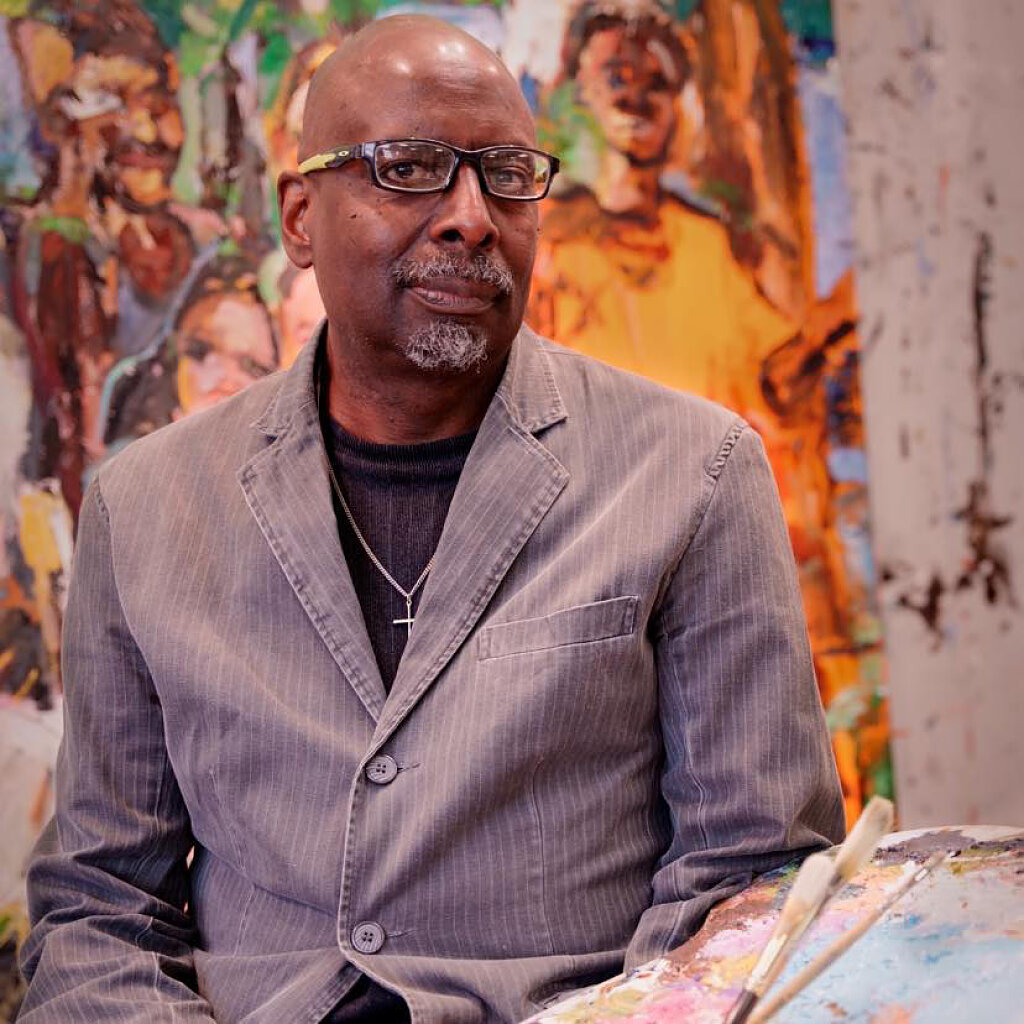
Charlie Newton
Jered Sprecher
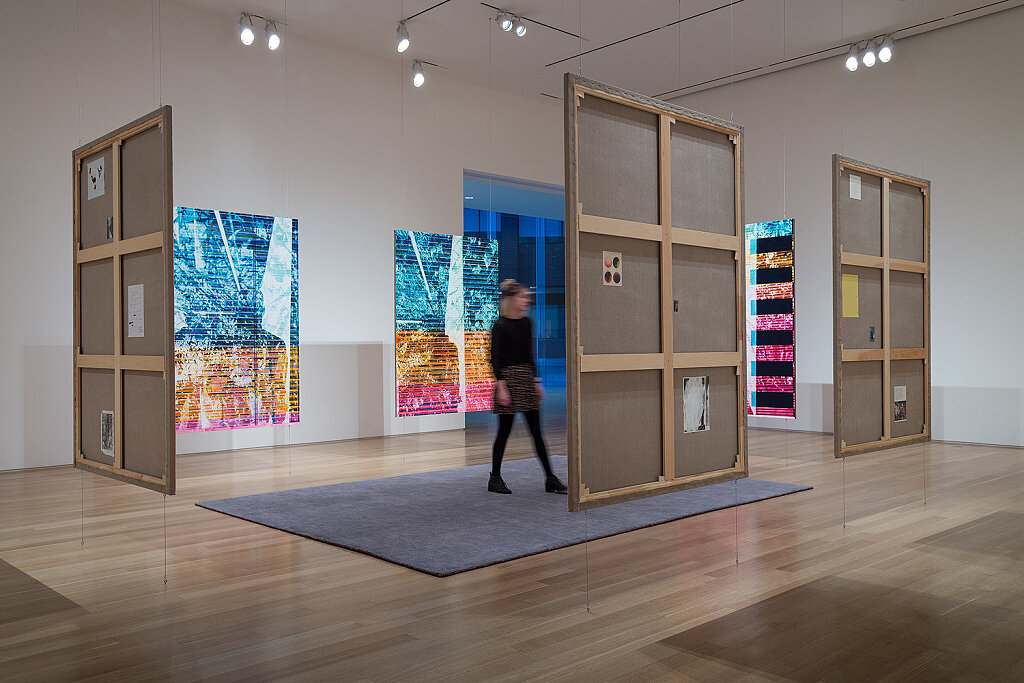
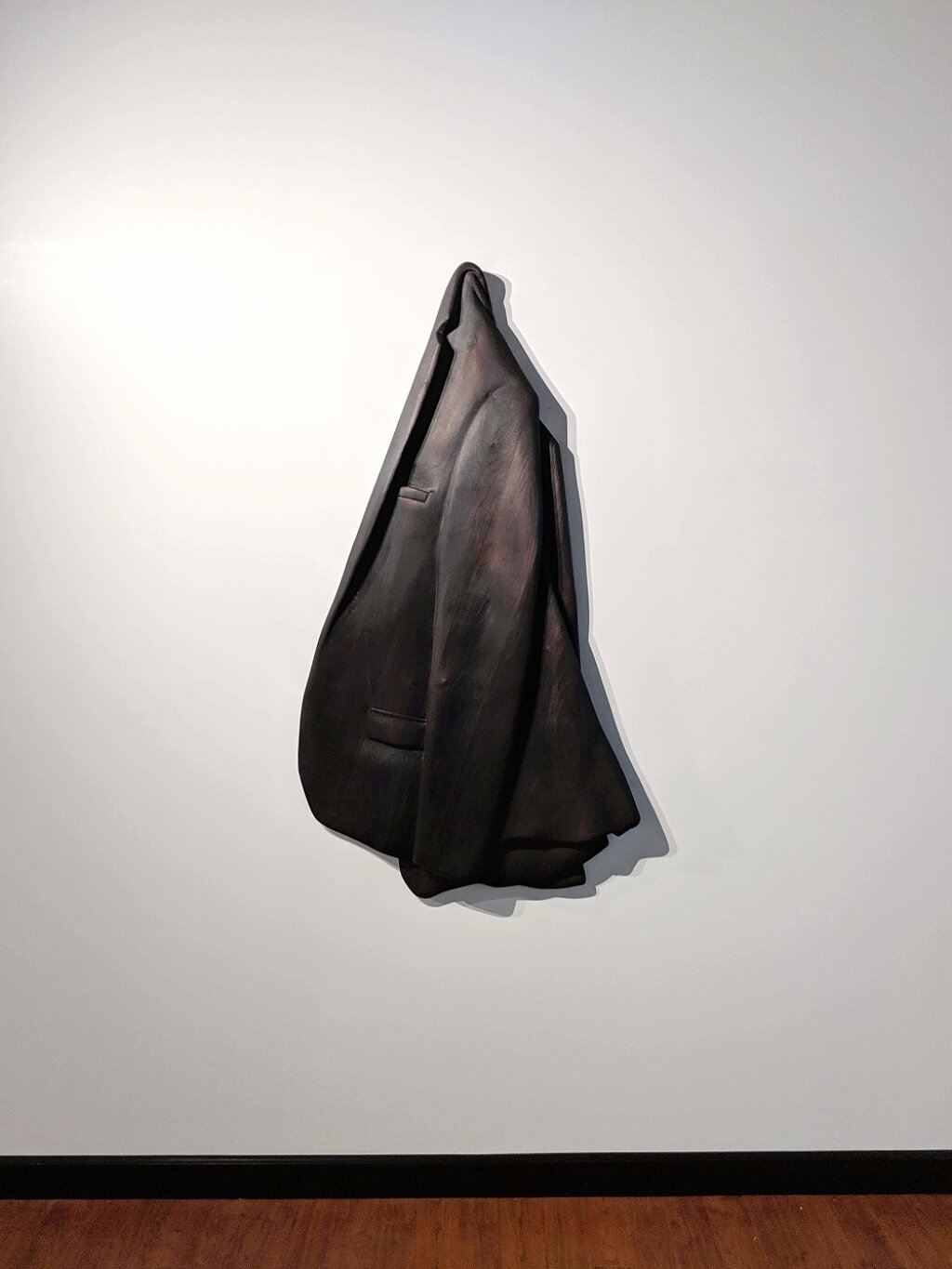
Raymond Padron
Our exhibits are free and open to the public. Tickets are not required - please visit any time the gallery is open. Visit or call the church office for assistance (615-385-2150).
Gallery Hours | The gallery is currently open for viewing on Sunday mornings and for special events. You may also visit by appointment Monday–Thursday, 9:00am–4:00pm. For a weekday appointment, please contact the Rev. Margery Kennelly (615-385-2150 x 216).
Group Tours | Groups are welcome. Please contact the Rev. Margery Kennelly at 615-385-2150 x 216to inquire about a docent-led group tour.
The Bradford Gallery is a ministry of St. George’s whose mission is to provide access to the arts for the purpose of theological formation. The gallery serves to encourage interaction with and contemplation of art that engages not only the Christian imagination but also celebrates the fullness of God’s kingdom.
Interested in receiving occasional emails with upcoming music and arts events at St. George's?
Plan Your Visit
About the Gallery
Previous Exhibitions
Since opening in 2021, St. George's has been thrilled to bring the work of varied artists to our community through diverse and exciting exhibitions in the Bradford Gallery. Below are highlights from our previous events.
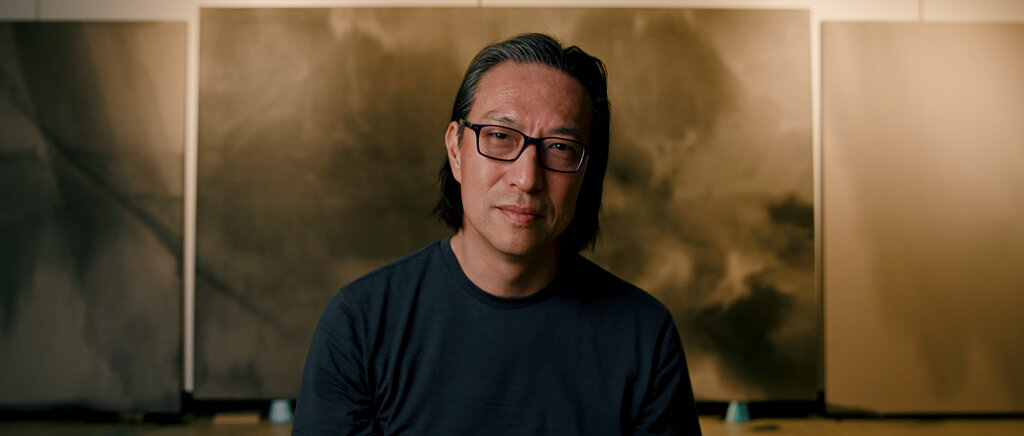
Makoto Fujimura
©Windrider Productions
My Bright Abyss: Paintings & Prints
The Work of Makoto Fujimura
In collaboration with Covenant Presbyterian Church (Nashville), St. George’s was pleased to show a collection of work by globally-renowned contemporary artist Makoto Fujimura. The exhibition, entitled My Bright Abyss: Paintings & Prints, includes works shown publicly for the first time as well as Van Nuys monotypes and Silence and Beauty, a diptych made with gesso and mineral pigments. Fujimura comments that the paintings in My Bright Abyss: Paintings & Prints came out of a period of severe darkness in his life. However, when looking at these works recently to consider them for the show, he was surprised by the “brightness of their countenance.”
Makoto Fujimura’s process-driven, refractive “slow art” has been described by David Brooks of The New York Times as “a small rebellion against the quickening of time.” His bicultural arts education led his style towards a fusion between contemplative art and expressionism, using the traditional materials of the Japanese art of Nihonga. Put succinctly, for Fujimura, “God is not just restoring us to Eden; God is creating through us a garden/city, an abundant city of God’s kingdom. What we build, design, and depict on this side of eternity matters, because in some mysterious way, those creations will become part of the future city of God.”
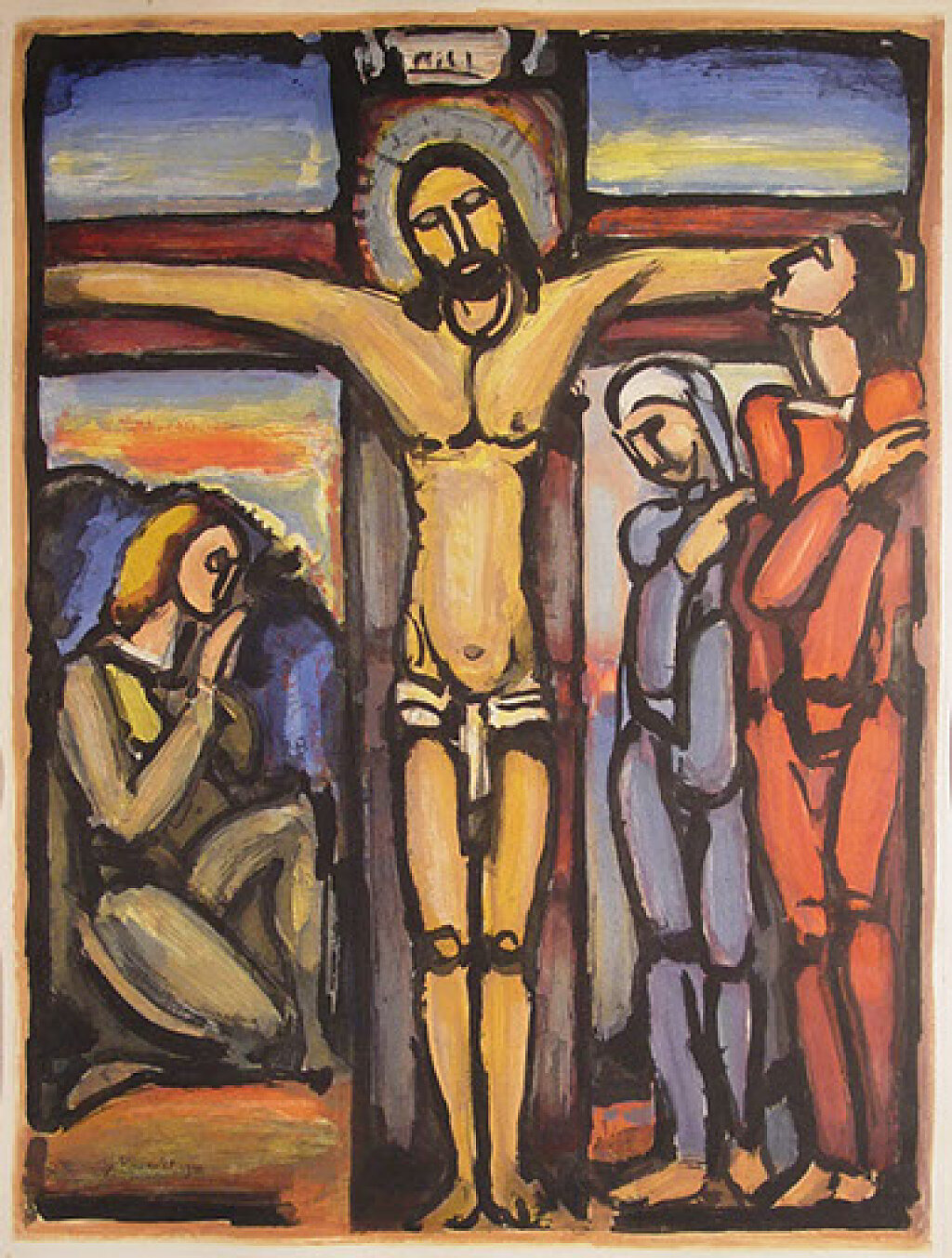
Christ on the Cross, color aquatint
Seeing Christ in the Darkness
Georges Rouault as Graphic Artist
Seeing Christ in the Darkness is an excellent collection of the world-class prints of Georges Rouault, one of the most important printmakers of the 20th century. The graphic art in this exhibition, done at the height of the artist’s skill, shows how deeply he identified with people’s suffering and, indeed, saw within this darkness the salvation of Jesus Christ. It is appropriate that the focus of this exhibit is on Rouault as a printmaker, for it was especially in his graphic work that his religious vision took shape.
This show featured eighteen pieces from the Miserere series, five etchings from Fleurs du Mal I, several colored pieces from The Passion and Fleurs du Mal III, along with two signed works and several other prints.
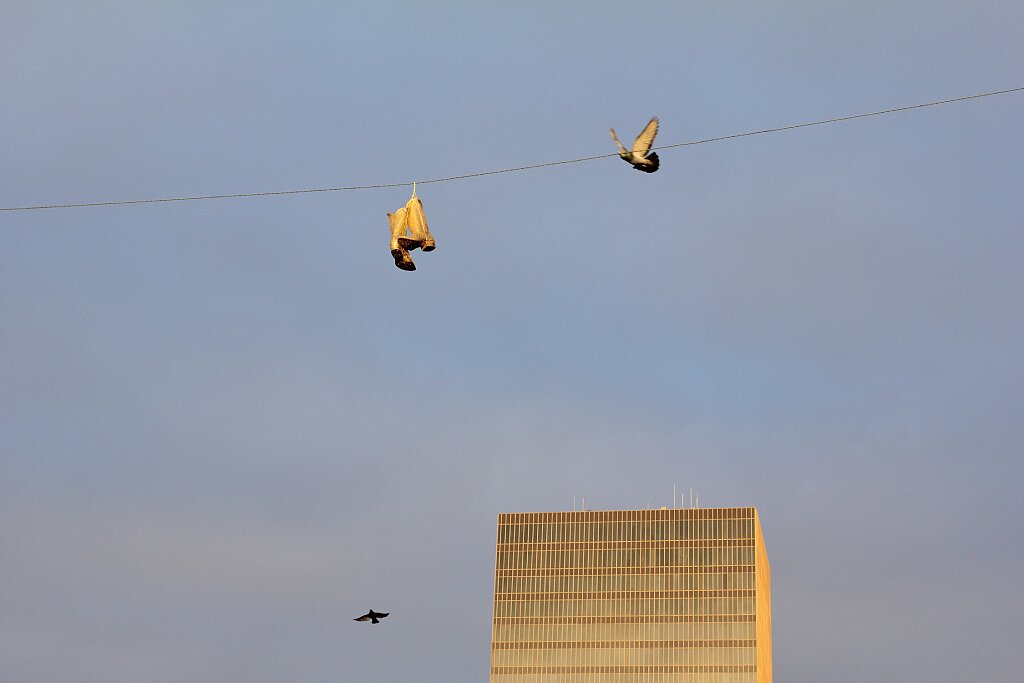
Gold by Price Harrison
It Was Evening, It Was Morning
A Collaborative Photography Exhibit with James DeMain, Bill Franson, Beth Trabue Gorham, and Price Harrison
This group photography exhibit explores three themes derived from the Genesis account of creation: boundary, rhythm and rest. God creates boundaries between day and night, the heavens and the earth, the dry land and the waters. In each case the separation allows the cultivation of something special in a defined space. From the beginning there is rhythm: a time of night, of morning, another night and another morning. This rhythm points us to consider something beyond linear time. And finally, the creation account culminates on the seventh day when God rests. He does not rest because he is tired, but because creation was made for the seventh day which lasts into eternity.
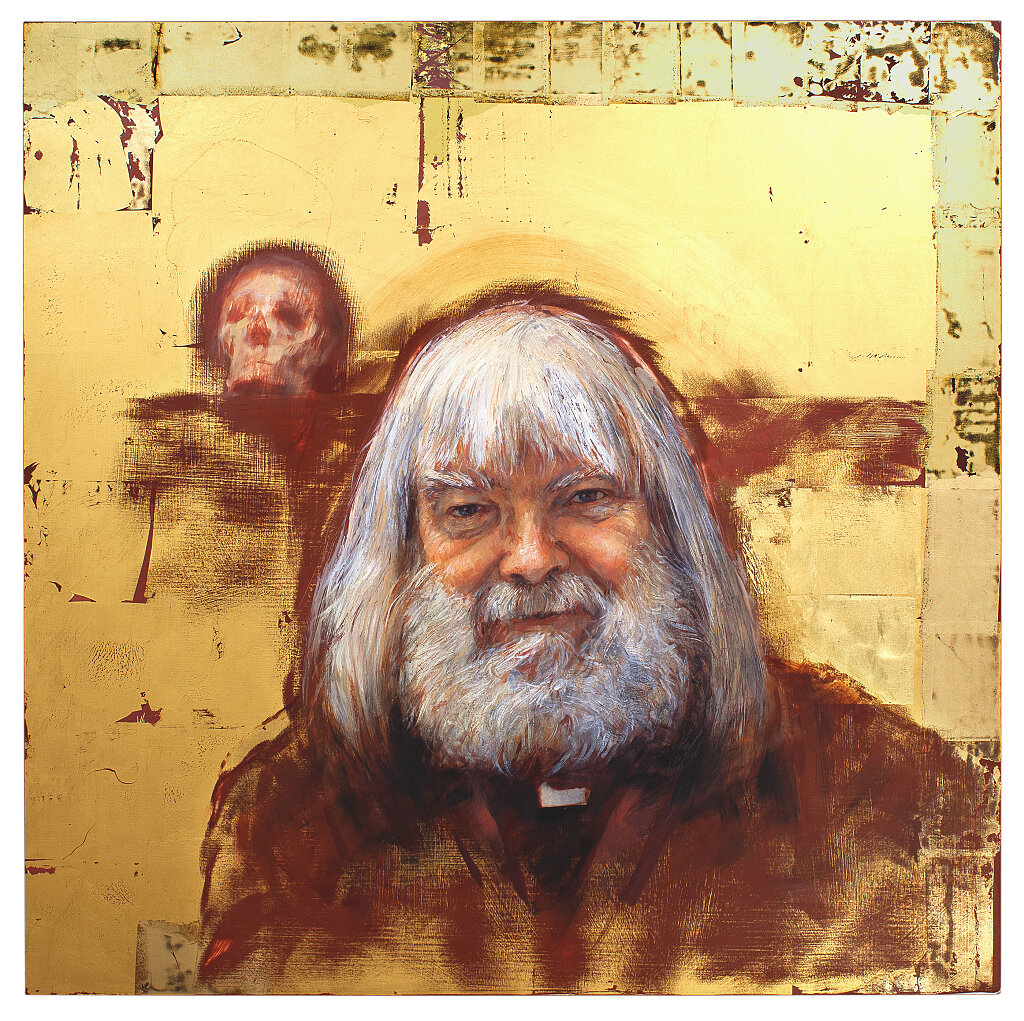
Malcolm Guite by Bruce Herman
Ordinary Saints
The art of Bruce Herman, music of J.A.C. Redford, and poetry of and Malcolm Guite
Saints live with unveiled, unguarded faces because they trust in God.
The artists' hope is that this project—paintings of “ordinary saints” by Bruce Herman, ekphrastic poetry by Malcolm Guite in response to the art, and integrative instrumental and vocal music by J.A.C. Redford—will plumb the liminal space between portrait and icon, bringing the viewer and listener into deeper communion with the Face of One who formed each of our own faces.
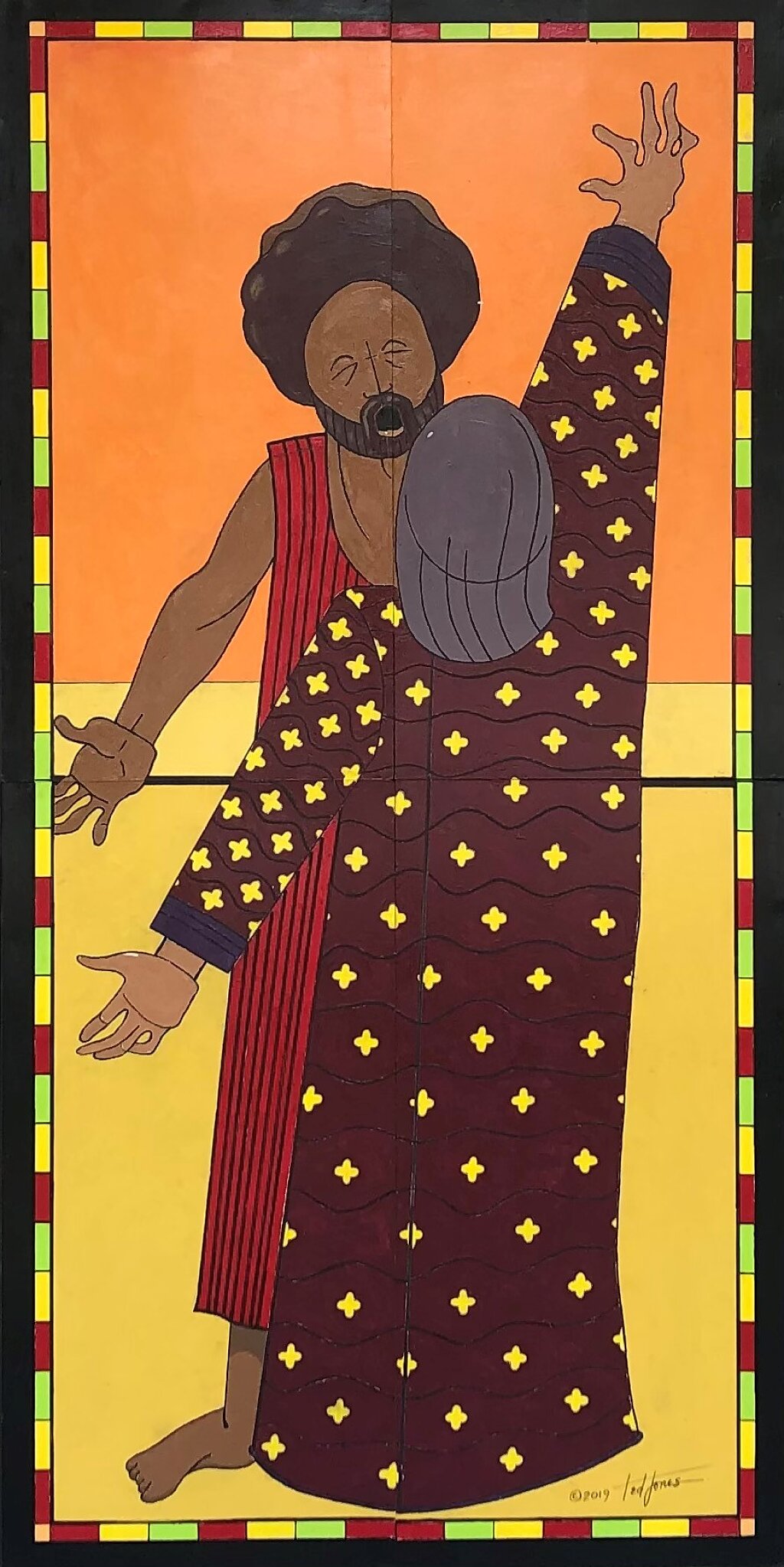
The Prodigal Son & The Forgiving Father
Pillars of Faith
The Art of Ted Jones
Ted Jones of Hendersonville, TN was our first featured artist in the Bradford Gallery. A New Orleans native, Jones earned his BA at Xavier University, his MA at Michigan State University, and MFA at the University of Montana. Among many other artistic accolades, Jones was an art professor at both Fisk University and Tennessee State University. His work is in the permanent collections at the Crystal Bridges Museum of American Art in Arkansas, the Museum of African Art in Washington, DC, and Fisk University.
His rich colors and various techniques bring to life biblical Pillars of Faith and important scenes from their lives. In paintings, block prints, repoussés, and sculptures, Jones makes vivid portraits of men and women of the Bible to inspire our personal faith journey. His work brilliantly evokes the great cloud of witnesses who light our Christian path.
“Therefore, since we are surrounded by so great a cloud of witnesses, let us also lay aside every weight and the sin that clings so closely, and let us run with perseverance the race that is set before us, looking to Jesus the pioneer and perfecter of our faith” (Hebrews 12:1-2a).

